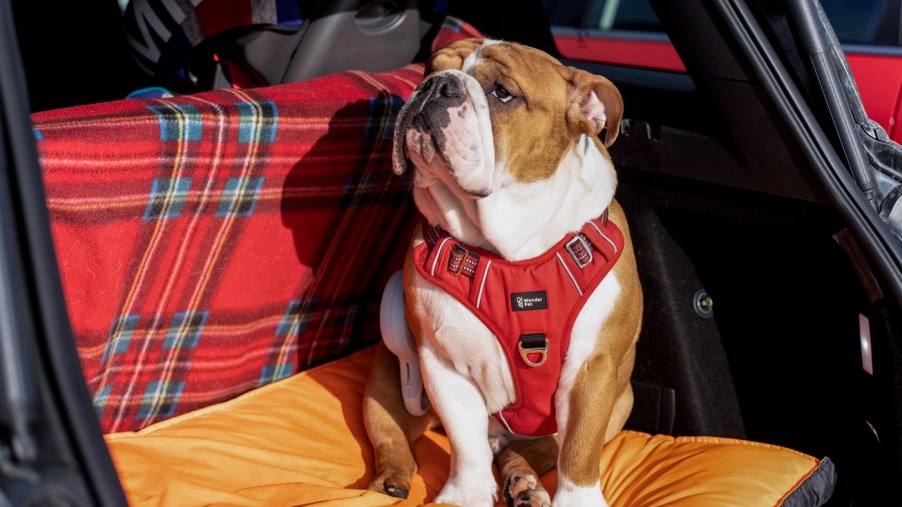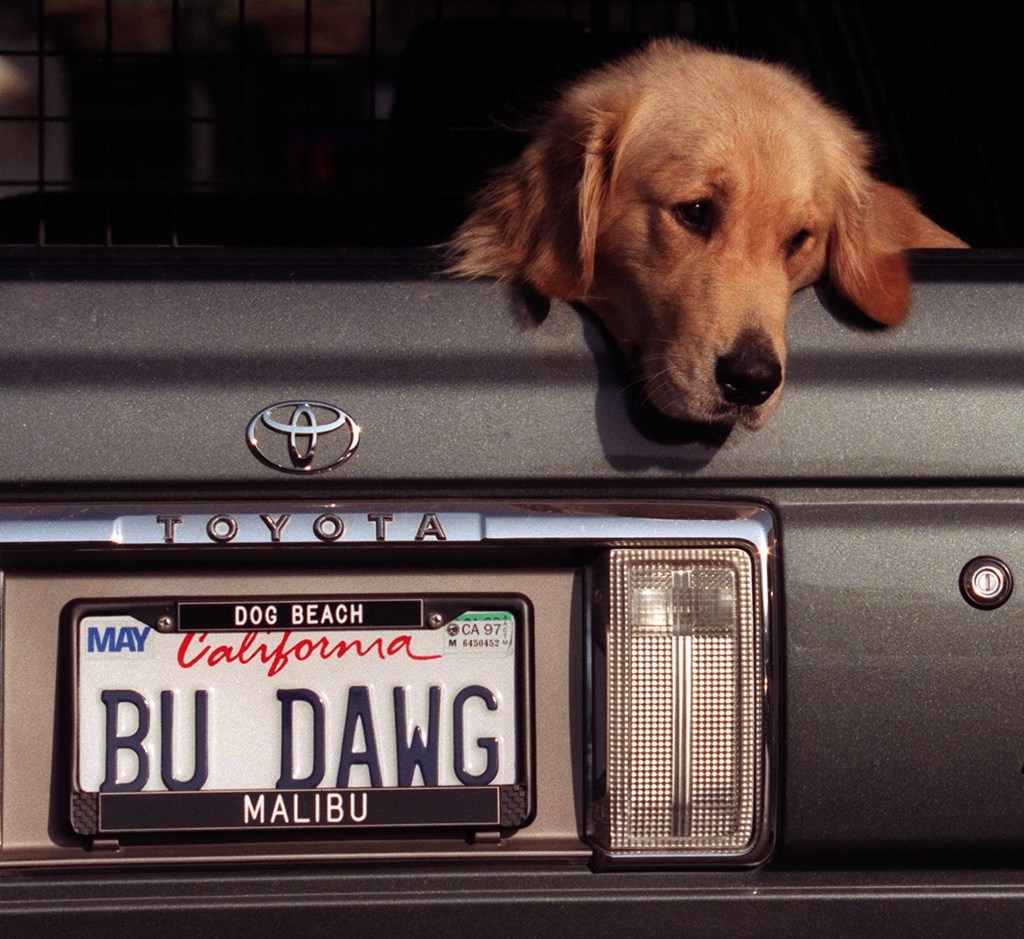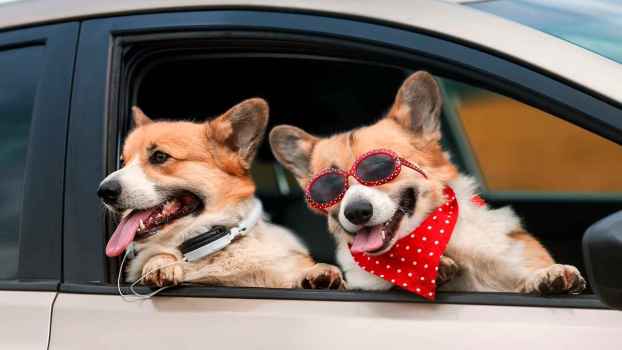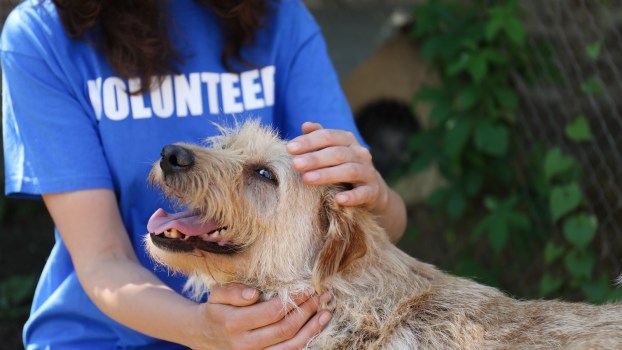
Use the Best Dog Seat belt to Keep Your Fuzzy Copilot Safe
Riding in a car can be dangerous for dogs. You put your toddler in the best car seat you can, so why not go for the best dog seatbelt as well? Along with protecting your pets, the best dog seatbelt can also provide peace of mind.
How to find the best dog seat belt
Finding the best dog seat belt may take about five to 10 minutes of research. Carefully consider your options to keep your pup safe.
The best type of dog seat belt consists of a harness for your dog to wear with a loop on the back for the seatbelt in your vehicle to pass through. Most harnesses have padded straps to distribute the impact force. Also, short tethers should attach to the dog’s back, not its neck.
This means that the seat belt of your car is used instead of seat belt accessories that connect a harness or collar to the seatbelt receiver.
Doggy seat belts can properly restrain your dog during a crash but some will allow your dog to fly off the seat during an accident.
According to a study by The Center for Pet Safety, the best options have been properly tested. Each harness should be tested according to its material design, connection point, excursion threshold, and overall performance.
Also, you can look at reviews to see if the seat belts actually worked during wrecks. People will share their results online.

Options that did not meet safety standards include:
- USA K9 Fitters Champion Harness
- In the Compay of Animals CLIX car harness
- Coastal EZ Rider/PetSmart Top Paw
- Snoozer Pet Safety Harness and Adaptor
Seat belts that passed crash testing include:
- Sleepypod Clickit Utility
- RC Pet Canine Friendly Crash Tested
- Ruff Rider
- Bergan Car Harness
- IMMI Pet Buckle
Do seat belts for dogs actually work?
Yes, that’s why getting the best seat belt for dogs makes an even bigger difference. A pet that weighs 50 pounds in a 35 mpg collision can fly forward with a force of 1,500 lbs. This could injure front passengers or eject your dog.
If your dog isn’t ejected it could run out of the vehicle, into traffic. YOu could be injured and unable to move while your dog takes off into the woods or street.
Plus, seat belts cut down on distractions because your dog isn’t able to jump in your lap or the floorboard. Make sure your dog always has its collar and ID tag on in case it escapes during an accident.
In some states, it’s actually required by law to restrain your dog in the car. YOu could find hefty fines of $1,000 or more if you fail to comply.
Are crates safer than seat belts?
Dog crates are safer than the best dog seat belts, but they take up more room. The crate should be made of a strong material, like aluminum. Some options have thick padding to be more protective during impacts.
The crate should be placed on the ground or in the trunk area, not on the seat. They should be strapped down, too.
Your crate should be large enough for your dog to sit, stand, and lie down. Also, proper ventilation is important. Providing a toy and water helps with happiness. Plus, crates can reduce doggy motion sickness which is a benefit for everyone involved.
How to keep your dog safe in the car
- Along with using the best dog seatbelt or crate, you can
- Avoid putting your dog in the front passenger seat, so it won’t be hit by the airbag.
- Don’t allow your dog to ride in the back of a truck where it can jump out, fall out, or be hit by debris.
- Don’t ride with your dog in your lap. It could block your view of the road and be distracting.
- Don’t let your dog hang its head out of the window. Wind, dust, and debris can be irritating or cause blindness.
- Always have the AC on to prevent overheating.
- Feed your dog a few hours before your trip to prevent messy and distracting potty accidents.





